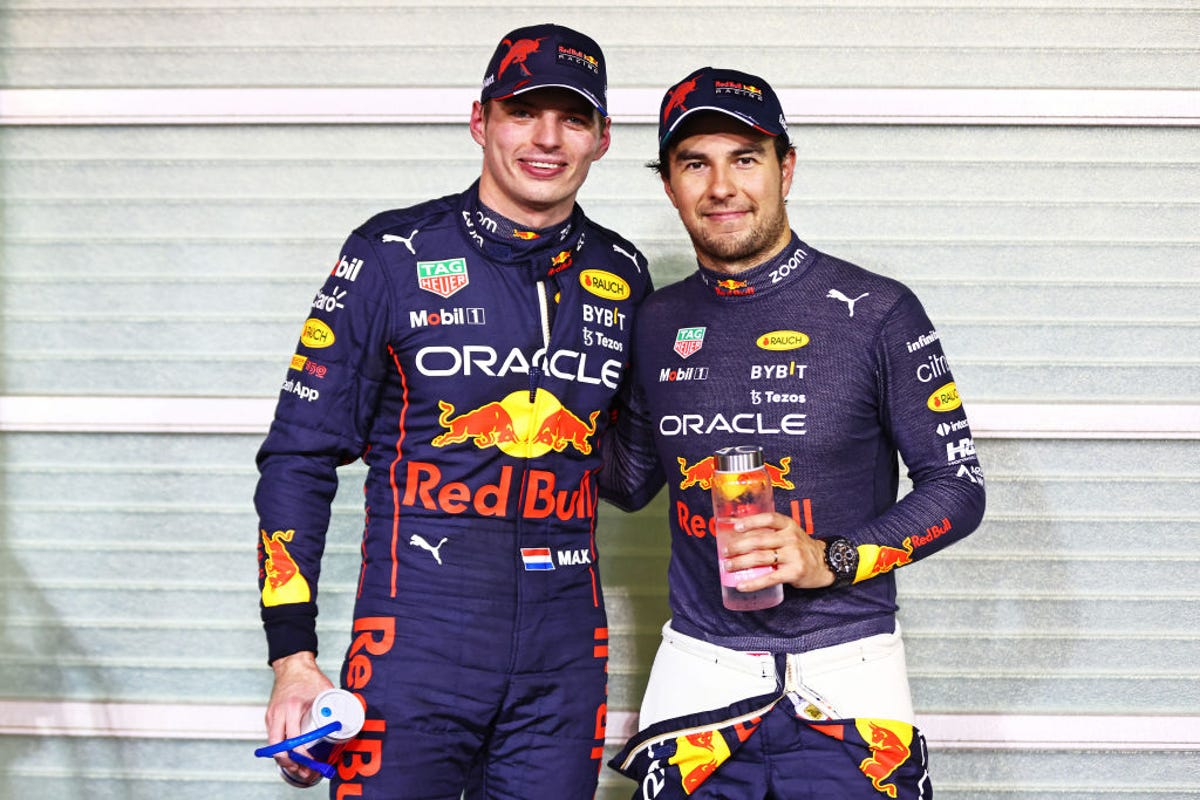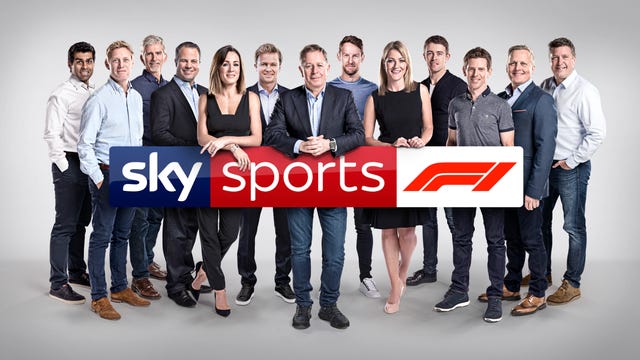Max Verstappen is on a tear once again. The defending F1 champion won for the fifth time this year in Spain. He’s won three consecutive races and is now looking to extend his win streak at the Canadian Grand Prix. Verstappen and his Red Bull teammate Sergio Perez have combined to win every race so far in 2023 and are currently in first and second place in the Drivers’ Championship standings, respectively. Aston Martin’s Fernando Alonso is third, while Mercedes’ Lewis Hamilton is fourth.
The Canadian GP will be held at the Circuit Gilles Villeneuve in Montreal and will start this afternoon at 1 p.m ET (10 a.m PT) on ABC and ESPN Plus.
The entire race weekend, including practice sessions and qualifying, will be shown in the US on ESPN’s family of TV networks. Those looking to follow all the drama will need access to ABC, ESPN, ESPN 2 and ESPNews to catch every second of the action.
No single provider has exclusive rights to the network, so there are plenty of ways to get ESPN and watch the races without cable. We’ve broken down everything you need to know in order to stream today’s race, and all the other F1 races this season.

Max Verstappen and Sergio Perez have combined to win every race so far in 2023 for Red Bull.
What is F1 and how is it different from IndyCar?
Both IndyCar and F1 are open-wheeled, single-seater racing formats. This means that the cars can only fit one person and have uncovered wheels that protrude from the body of the vehicle. Despite their basic similarities, F1 and IndyCar offer very different experiences.
In F1, there are only 10 teams, with two drivers apiece for a total of 20 drivers. Most races must go for 305 km, which is about 190 miles. Each driver needs to use two different tires in the race, so a pit stop is mandatory, though cars are not allowed to refuel. Races average around two hours in length and are held at venues all over the world.
Teams spend hundreds of millions of dollars each year developing their cars. All cars must have certain elements — for example, gearboxes must have eight gears plus a reverse and last for six consecutive races — but teams have leeway to tweak and change some parts of their car, including their engines, in the pursuit of speed.
In contrast, the cars featured in IndyCar are more standardized. They all have the same aerodynamic kit and chassis and can only be powered by one of two engines — either a Honda or a Chevrolet. That said, teams are allowed to develop some of their own parts, like dampers and some of their suspensions.
IndyCar races occur on a wide range of tracks, from fast ovals to road and street courses. The length of the races also varies, with some, like the Indianapolis 500, lasting 500 laps and taking over three hours to complete. Not surprisingly, refueling during pit stops is a big part of the strategy during IndyCar races. Teams can field more than two cars, meaning that the amount of drivers on the grid fluctuates from race to race.
IndyCar is mostly considered an American sport and does not have the same level of money and glamour associated with it compared to the globe-hopping F1 circuit.


